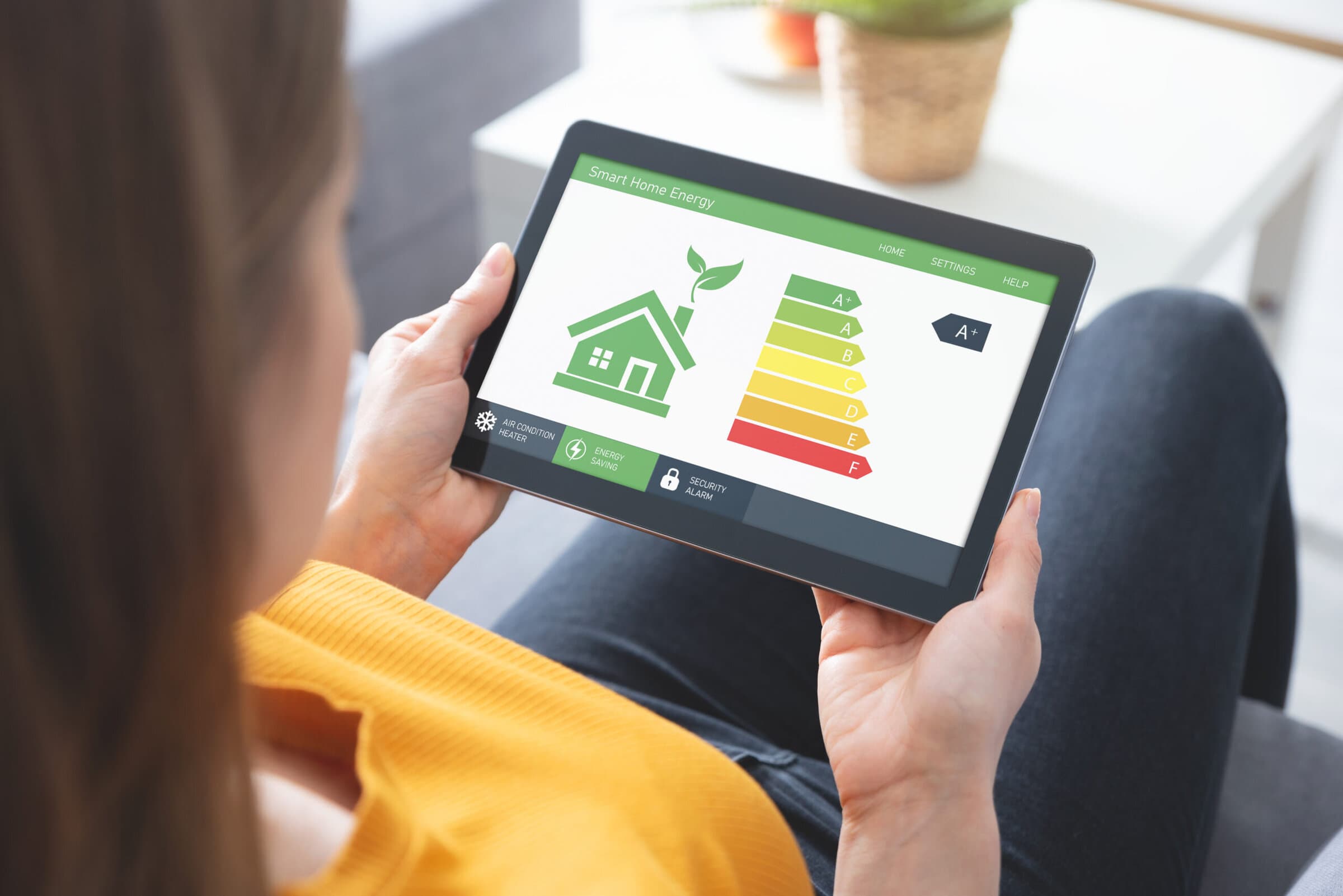If you’re planning improvements that will boost your home’s energy efficiency, be sure to consider tax incentives that may offset some of the cost. The Inflation Reduction Act (IRA), signed into law in 2022, extended and expanded tax credits that reward homeowners who “go green.”
New-and-improved EEHIC
The Energy Efficient Home Improvement Credit (EEHIC) — previously known as the Nonbusiness Energy Property Credit — expired at the end of 2021. However, it was revived, renamed and improved by the IRA. The old credit was subject to a $500 lifetime limit, but now you may qualify for tax credits of up to $3,200 per year.
Starting in 2023, the EEHIC equals 30% of qualified expenses for energy efficiency improvements, residential energy property and home energy audits. The maximum aggregate annual credit for most improvements is $1,200 per year, with the following limits for certain expenditures:
- $150 for home energy audits,
- $150 per door for exterior doors (up to $500 total), and
- $600 for exterior windows and skylights, central air conditioners, electrical panels and related equipment, natural gas, propane and oil water heaters or furnaces, and hot water boilers.
A separate aggregate limit of $2,000 per year applies to electric or natural gas heat pump water heaters, electric or natural gas heat pumps, and biomass stoves and boilers. This means that it’s possible to claim credits totaling up to $3,200 per year through 2032, when the EEHIC expires. If feasible, consider spreading your qualifying home improvement projects over the next several years to make the most of these credits.
Rules and restrictions
To qualify for the EEHIC, your home must be in the United States. It also must be an existing home that you improve upon or add to. (The credit isn’t available for new homes.) In most cases, the home must be your primary residence. Landlords or other property owners who don’t live in the home can’t claim the credit.
What if you have a home office or otherwise use the property for business? If you use the property exclusively for business, the credit is unavailable. However, you can claim a partial credit if you use your home partly for business. If the business use is 20% or less, you’re entitled to the full credit. If it’s more than 20%, the credit is based on the portion of your expenses allocable to nonbusiness use.
Beginning in 2025, the EEHIC won’t be allowed for any purchase of energy-efficient property unless it’s produced by a qualified manufacturer that assigns a qualified product identification number to the item. You must include that number on your tax return when claiming the credit.
Get the credits you deserve
To lower the cost of going green, be sure to take advantage of the tax incentives available to you. In addition to the EEHIC, consider 1) the residential clean energy credit for investments in solar, wind, geothermal and fuel-cell technology, and 2) the alternative fuel refueling property credit for electric vehicle charging stations or property used to store and dispense clean-burning fuel. State tax incentives may also be available. Contact your tax advisor for more details.
© 2024


